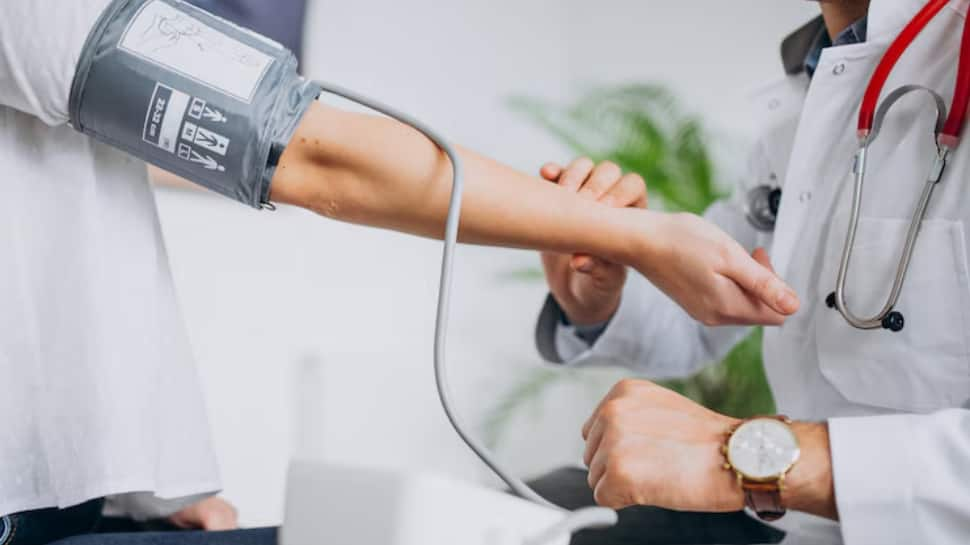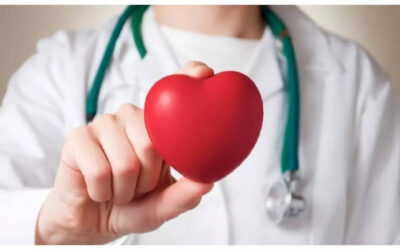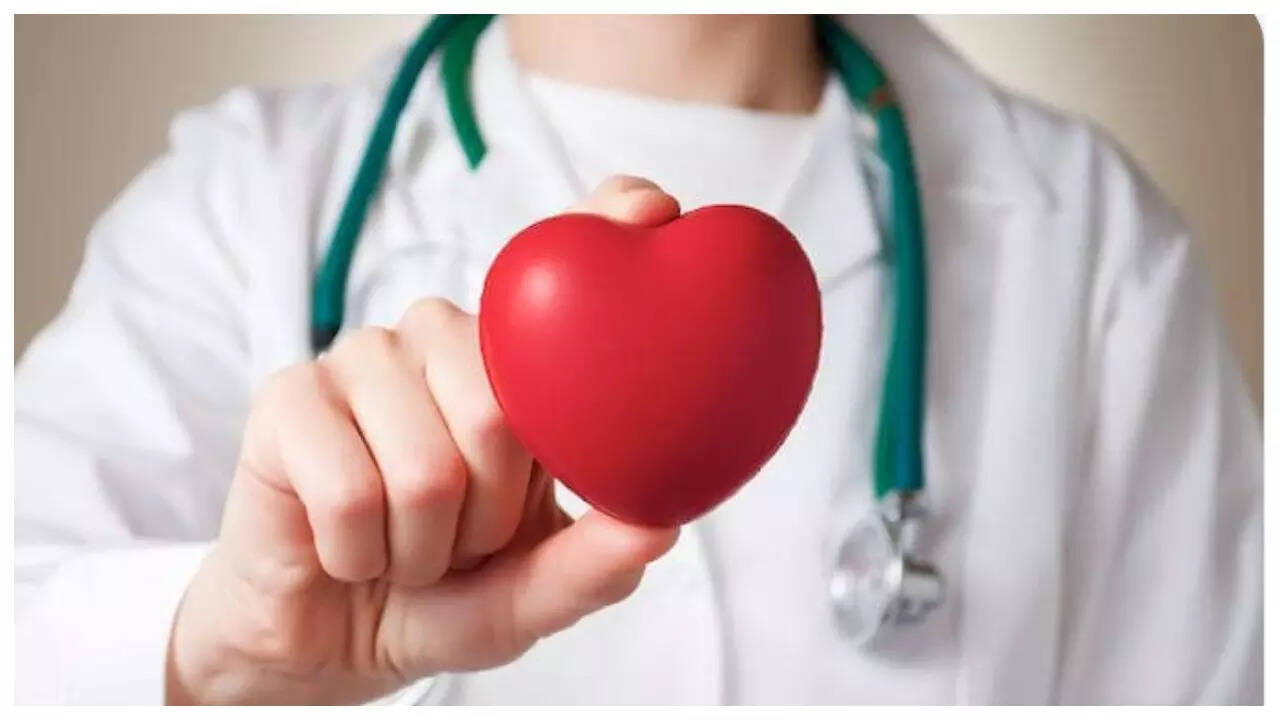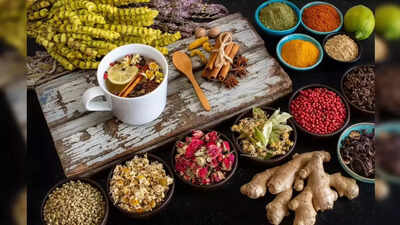What Is Low Blood Pressure? Symptoms, Causes, And Effective Home Remedies To Treat Hypotension Naturally | Health News

Low blood pressure, medically known as hypotension, occurs when your blood pressure drops below the normal range (typically less than 90/60 mm Hg). While often less dangerous than high blood pressure, chronic or sudden low blood pressure can lead to a variety of uncomfortable symptoms and potentially serious complications if left unmanaged.
The common symptoms, possible causes, and effective remedies to manage low blood pressure naturally and medically:-
What Is Low Blood Pressure?
Blood pressure is the force exerted by circulating blood against the walls of your arteries. A normal reading is around 120/80 mm Hg. When it falls too low, your organs may not receive enough blood and oxygen, which can affect their function.
Common Symptoms of Low Blood Pressure
Not everyone with low blood pressure experiences symptoms. However, when they do occur, they can include:
Dizziness or light-headedness
Fainting (syncope)
Blurred vision
Fatigue or weakness
Cold, clammy, or pale skin
Nausea
Rapid, shallow breathing
Difficulty concentrating (“brain fog”)
If these symptoms occur frequently or suddenly, it’s important to consult a healthcare professional.
Possible Causes of Low Blood Pressure
Low blood pressure can result from a variety of factors, including:-
Dehydration – Not drinking enough fluids lowers blood volume.
Nutritional deficiencies – Lack of vitamin B12, folate, or iron can affect blood production.
Heart conditions – Such as bradycardia, heart valve issues, or heart failure.
Endocrine disorders – Including adrenal insufficiency or low blood sugar.
Medications – Such as diuretics, antidepressants, or medications for high blood pressure.
Pregnancy – Due to hormonal changes and increased blood flow needs.
Sudden position changes – Known as orthostatic hypotension.
Severe infection (sepsis) or blood loss – Can lead to dangerously low pressure.
Effective Remedies for Low Blood Pressure
Depending on the underlying cause, there are several ways to manage or improve low blood pressure:
1. Stay Hydrated
Dehydration is a common cause of hypotension. Drink at least 8–10 glasses of water daily, especially if you’re active or in a hot climate.
2. Increase Salt Intake (Cautiously)
Unlike hypertension, people with low blood pressure may benefit from slightly higher salt intake—but always under medical supervision.
3. Eat Small, Frequent Meals
Large meals can lower blood pressure temporarily. Eating smaller, more frequent meals helps stabilize pressure levels and prevent dips.
4. Wear Compression Stockings
These help reduce blood pooling in the legs and improve circulation, especially for those with postural hypotension.
5. Avoid Sudden Position Changes
Stand up slowly from sitting or lying down. Move your legs first to get your circulation going before standing.
6. Limit Alcohol Intake
Alcohol can lower blood pressure even more, particularly in those already prone to hypotension.
7. Exercise Regularly
Light-to-moderate aerobic exercises like walking, swimming, or cycling improve cardiovascular health and help normalize blood pressure over time.
8. Get Enough Nutrients
Ensure you’re getting enough vitamin B12, iron, and folic acid through your diet or supplements, as deficiencies can lead to anemia and lower blood pressure.
9. Caffeine in Moderation
A small amount of caffeine (like a cup of coffee or tea) can temporarily raise blood pressure. Use this as a short-term remedy—not a long-term solution.
When to See a Doctor
Seek medical attention if you experience:
Frequent fainting or falls
Persistent fatigue
Rapid heartbeat or chest pain
Confusion or blurred vision
These may be signs of an underlying condition requiring treatment.
While low blood pressure is often harmless—especially if you have no symptoms—persistent or symptomatic hypotension should not be ignored. With the right lifestyle changes and, when necessary, medical treatment, you can effectively manage low blood pressure and lead a healthy life.
(This article is meant for informational purposes only and must not be considered a substitute for advice provided by qualified medical professionals.)







